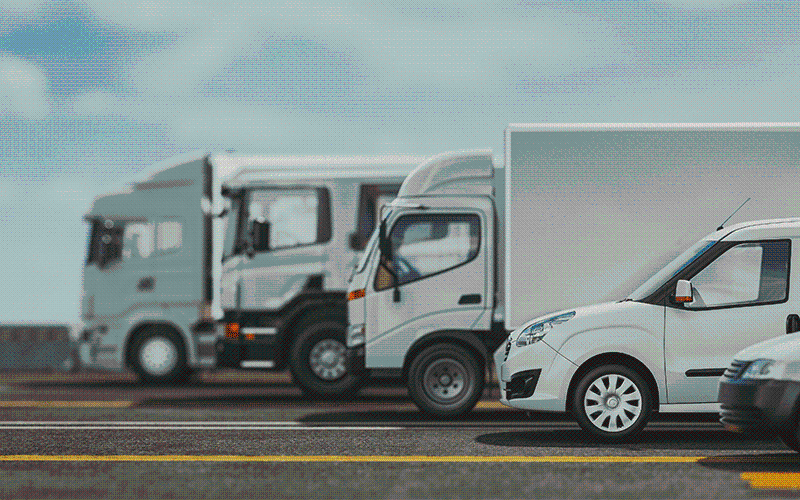
Ensuring Safe Load Transportation: Guidance for Landscaping Professionals
The Driver and Vehicle Standards Agency (DVSA) enforces roadworthiness and traffic compliance under several key laws:
- The Road Vehicles (Construction and Use) Regulations 1986, Regulation 100
- The Road Traffic Act 1988, Section 40a
- These regulations mandate that vehicles, including their loads, must be safe for the road. Failure to comply can result in enforcement action, fines, or even prosecution.
DVSA Load Assessment Criteria
When assessing a load, DVSA examiners consider the following:
- Movement: Can any part of the load slide, topple, or bounce in any direction?
- Stability: Is the load causing the vehicle to be unstable or impacting its handling?
- Risk of Falling: Could any part of the load fall off during transit?
- Condition of Restraints: Is the load security equipment in poor condition or unsuitable?
- Danger to Others: Does any part of the load or its securing method pose an immediate danger to road users?
If the answer to any of these questions is "yes," enforcement action will be taken.
Applicability to Smaller Vans and Trailers
While much of the available guidance focuses on larger commercial vehicles, the same principles apply to smaller vans and trailers. The Department for Transport's Code of Practice: Safety of Loads on Vehicles provides practical advice for securing common types of loads transported by landscaping professionals.
Key Considerations for Common Landscaping Loads
1. Machinery and Tools
- Large equipment should be positioned against a headboard for stability.
- Smaller tools should be stored in secured boxes, fastened to the vehicle’s body with anchored restraints.
- Wherever possible, cargo should be transported separately from passengers.
2. Loose Bulk Loads (e.g., sand, MOT Type 1, gravel, bark mulch)
- Loose materials are prone to spillage through gaps in bodywork or being blown off the load.
- Preventative Measures:
- Ensure the load compartment is in good condition to minimise leakage.
- Check drop sides and tailboards for damage or distortion that could create gaps.
- Ensure tailgates and drop sides fit correctly and close tightly.
- The sides of the vehicle body should be high enough to contain the load, even if it shifts during transit.
- Use appropriate covers to prevent materials from escaping, especially light or dry materials. A sheet or tarp can effectively retain such loads.
3. Special Considerations for Large Items (e.g., turf rolls, potted plants)
- Nets can be used to secure large items, provided the mesh size is smaller than the items being transported.
- The net must be strong enough to prevent any items from escaping.
Ensuring Compliance
By adhering to these guidelines, landscaping professionals can ensure the safe transport of materials and equipment, reducing risks to road users and avoiding enforcement actions. Regular vehicle checks and proper maintenance of load restraints are essential to maintaining compliance with DVSA standards.
For further information or advice, refer to the Safety of Loads on Vehicles Code of Practice or consult your trade association for support.
